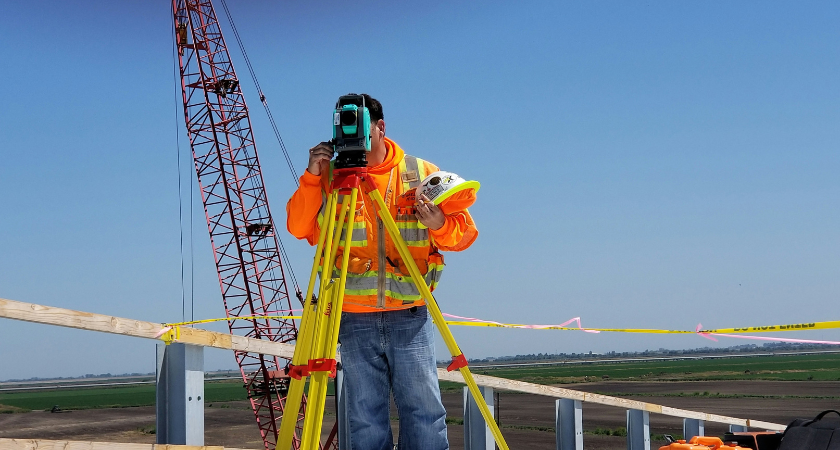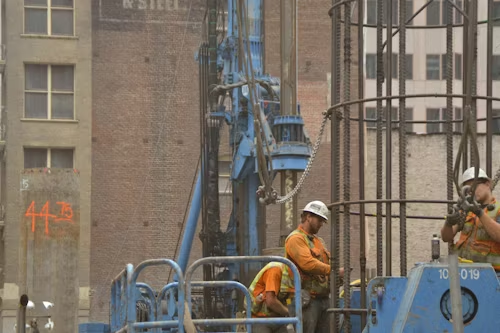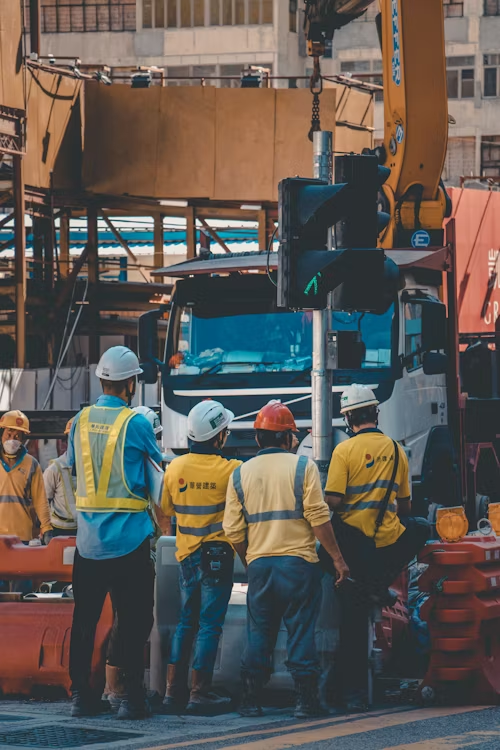
SACRAMENTO, Calif. — California Governor Gavin Newsom has signed Assembly Bill 697 into law, authorizing expedited construction on a $500 million project to widen and reinforce portions of Highway 37, a critical Bay Area route that continues to sink amid sea-level rise and marshland subsidence.

The legislation, authored by Assemblymember Lori Wilson (D-Suisun City), streamlines environmental permitting by granting temporary exceptions to endangered species protections, allowing construction crews a longer work window in the ecologically sensitive wetlands that surround the highway.
Wilson and state transportation officials say the expansion will provide relief for thousands of daily commuters, particularly lower-income workers who rely on Highway 37 to reach job centers in Marin and Sonoma counties.
“A win for smart infrastructure, the environment, and working Californians stuck in traffic,” said Steve Clark, chair of Transportation California, in a statement from Wilson’s office. He also called the project “cost-effective.”
Highway 37 is a crucial east-west artery linking Vallejo and Solano County to the North Bay, providing an affordable housing–to–employment connection for many working families. Yet, this lifeline is literally sinking.
Documents previously reported by The Sacramento Bee reveal that the four-lane roadway is subsiding into surrounding marshland, hemmed in by failing levees and berms that face increasing stress from sea-level rise. Caltrans projects that ocean levels in the region could rise by a foot by 2050, threatening to inundate the route more frequently in the coming decades.
The highway has already seen repeated closures due to storm flooding and levee failure, including incidents as recently as 2019 when floodwaters covered the shoulders and forced temporary shutdowns.
Caltrans acknowledges that the expansion — while improving capacity and traffic flow — “does not address sea level rise.” In fact, the agency warns that adding weight from construction could accelerate the highway’s subsidence in some areas.
The approved design would elevate one bridge by several feet, but most of the route will be raised no more than eight inches, far below the elevation required to withstand future flood scenarios. This approach represents a short- to mid-term mitigation while the state continues to explore more resilient, long-term alternatives.
Among those alternatives is an ambitious plan to replace the highway with an elevated causeway, lifting the roadway above future flood levels and reconnecting tidal flows in the surrounding wetlands. That concept, however, carries an estimated price tag exceeding $10 billion and currently lacks dedicated funding.
Environmental experts and planners have urged the state to move faster on a comprehensive solution, warning that climate-related flooding will become increasingly severe. Caltrans officials have noted that any permanent fix must balance transportation resilience, habitat preservation, and fiscal feasibility — a complex challenge in one of the Bay Area’s most sensitive ecosystems.

By signing AB 697, Governor Newsom is signaling a push for faster delivery of essential infrastructure projects, even as California faces escalating climate impacts. The bill aligns with broader state initiatives to streamline permitting for public works while maintaining environmental accountability.
Wilson emphasized that the legislation was crafted to both expedite construction and protect communities that depend on Highway 37 for access to jobs and services. The corridor’s improvement, she said, is vital for regional equity and economic stability.
Meanwhile, Caltrans continues to weigh immediate needs against long-term resilience goals — a balancing act that reflects California’s larger infrastructure challenge: building for today while preparing for the future.
Connects Interstate 80 near Vallejo to U.S. 101 in Marin County.
Over 40,000 vehicles.
Projected annual closures by 2050 without major intervention.
Surrounding wetlands expected to submerge portions of roadway by mid-century.
Mid-2030s for current expansion; later for elevated causeway.
The Highway 37 improvement initiative is a collaboration among Caltrans, the Metropolitan Transportation Commission (MTC), and local county transportation authorities. The project aims to relieve congestion, enhance safety, and improve access for underserved communities — while paving the way for future climate adaptation efforts.
Originally reported by Ariane Lange in The Sacramento Bee.